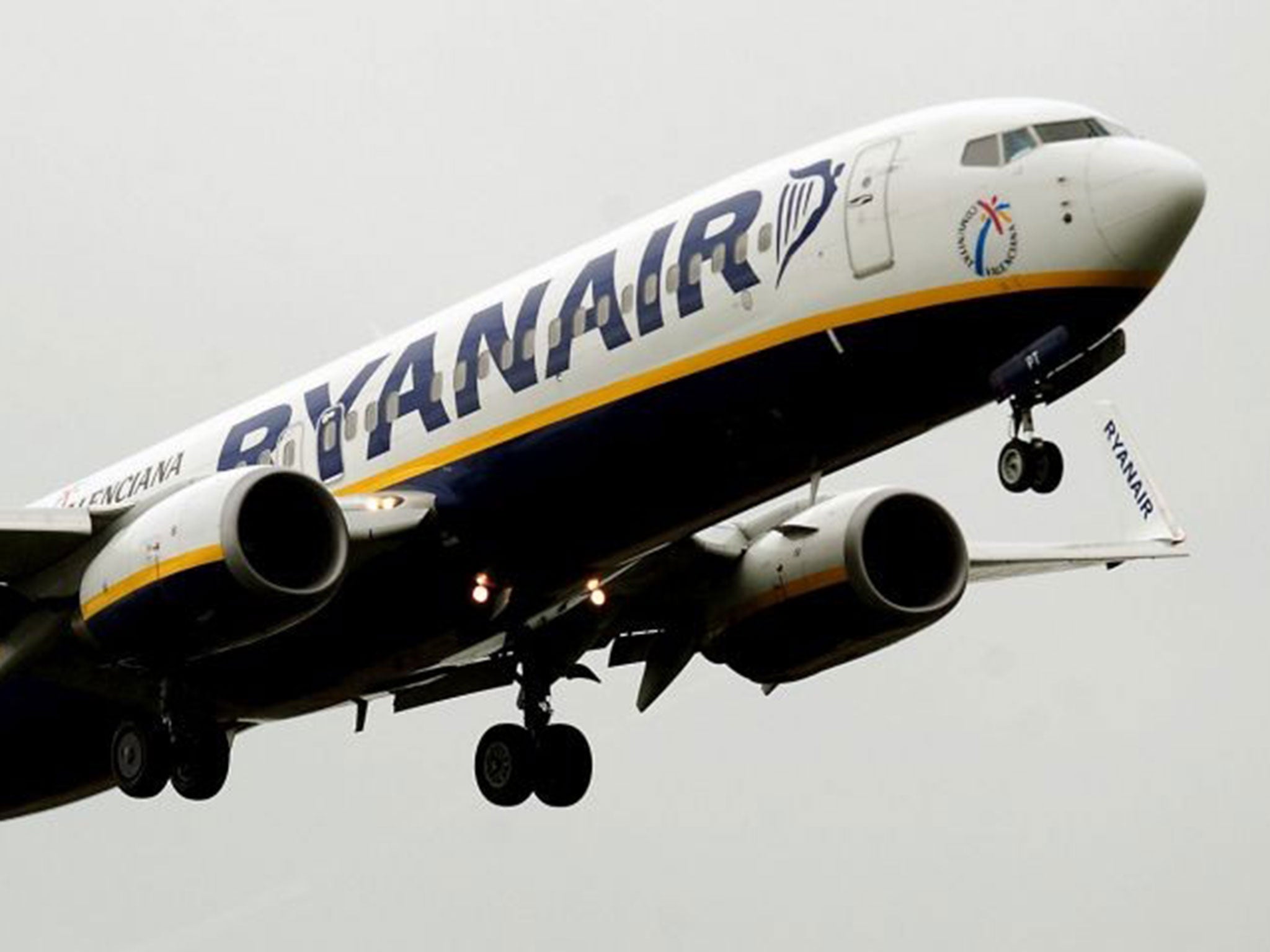Ryanair: A conversion along the road to Stansted
The man who pays his way

"It's like going into Marks & Spencer and being confronted with Asda own-brand stuff." What has this analogy, you may wonder, got to do with the travel business? It was the reaction of one frequent flyer when I asked her to respond to the latest musings from Ryanair.
As you may have noticed, Europe's biggest budget airline has been going through something of a makeover. A couple of years ago it was the possibly the least accommodating carrier in the world. A passenger who failed to print out a boarding pass before reaching the airport, or had the temerity to want to take a handbag or laptop as well as a cabin bag, could expect ritual and expensive humiliation at the departure airport.
While Ryanair retains a certain militaristic rigour (try reaching check-in five minutes late, or rather don't), its chief executive has had something of a conversion along the road to Stansted, the airline's main base.
Michael O' Leary has brought in a marketing whizz, Kenny Jacobs, as "director of all things warm and cuddly". And he has ditched the uncompromising, cost-cutting dogma: "We are now officially open-minded," says the Ryanair boss. "There's nothing we won't look at."
Well, let's have a look at some of the sacred cows that have accompanied Ryanair's growth in 30 years from a propellor-plane shuttle between Waterford and Luton to an airline that plans to fly 100 million passengers this year (not all at once, though I have been on flights that feel like it). Starting with flying from Europe's busiest airport: Heathrow, not Stansted.
Ryanair has always ruled out operating from Heathrow, because of the fees (a passenger service charge of £30 applies to every short-haul traveller) and the belief that congestion would jeopardise the normal 25-minute turnaround between arrival and departure.
That still stands "We have no desire to fly to Heathrow; it's not part of our business model," says Mr O'Leary. But Ryanair remains open to the prospect of doing some flying for incumbent airlines such as British Airways and Lufthansa from Europe's busiest airport.
"Wet lease" is the industry term for the arrangement whereby airline A asks airline B to provide a plane, pilots and cabin crew to operate flights on its behalf. (The other two possibilities are "dry lease," where it's just the plane and the charterer provides all the crew, and "damp lease," with pilots supplied by airline B but cabin crew from airline A.)
The practice is more common than you might imagine. Virgin Atlantic's "Little Red" domestic network from Heathrow is powered by Aer Lingus. And British Airways has a flourishing southern African network based in Johannesburg. On ba.com you can buy a flight on the 1,200-mile run from Livingstone in Zambia to Cape Town for a remarkable US$28 (£19; go on, have a look – I couldn't believe it either). One reason BA can afford to sell tickets so cheaply is because it engages a South African firm, Comair, whose costs are much lower than the "mainline" operation.
Top 10 destinations for 2015
Show all 10In the olden days, when Air France flew from the UK to cities other than Paris, it wet-leased a plane and crew from Flybe to fly on its behalf. Mr O'Leary believes that the French airline may resurrect the idea – but use easyJet to do the flying on its behalf. Britain's leading low-cost carrier is already the second-biggest airline at Paris CDG. And he says that British Airways passengers could find themselves buying BA but getting Ryanair:
"One of the inevitable developments over the coming years, as the big airlines try to come back after increasing attacks from the Gulf carriers, is that they want somebody else to do the short-haul feeder flying cheaper than they can do it themselves. That would obviously bring them to low-fare airlines like Ryanair.
"I think it's a perfectly logical proposition."
It's happened before, during the long-running cabin-crew dispute. BA wet-leased short-haul capacity from a wide range of airlines, including Ryanair and its no-frills rival, Jet2. But the airline's pilots and cabin crew may not view the move as logical. Naturally I asked British Airways for a response, but the airline declined to comment on speculation.
Arabian flights
The budget players are at it, too. When easyJet's chief executive, Carolyn McCall, took over at the airline five years ago, about the first thing she did was to charter a sub-fleet of jets to provide resilience for the summer – at the time, the airline's operation was prone to dreadful delays and short-notice cancellations. And when I flew from Seville to Stansted in October on "Ryanair", the plane actually belonged to Air Arabia; demand for flying drops in the Gulf in summer, so the Boeing was dry-leased to the Irish airline to operate Anglo-Spanish services.
Cello, take a bow
Sometimes the wet-lease business can operate to the passengers considerable advantage. On Tuesday British Airways found itself one plane short for its Glasgow-London City service, and chartered a jet from a Birmingham-based airline, Cello (no, I hadn't, either).
Hello, the jaded business traveller will have said when she or he stepped aboard: this looks better than the usual. Ten fewer seats than the normal configuration adds up to much more legroom – like walking into Marks & Spencer and finding Fortnum & Mason produce on sale at M&S prices.
Subscribe to Independent Premium to bookmark this article
Want to bookmark your favourite articles and stories to read or reference later? Start your Independent Premium subscription today.

Join our commenting forum
Join thought-provoking conversations, follow other Independent readers and see their replies